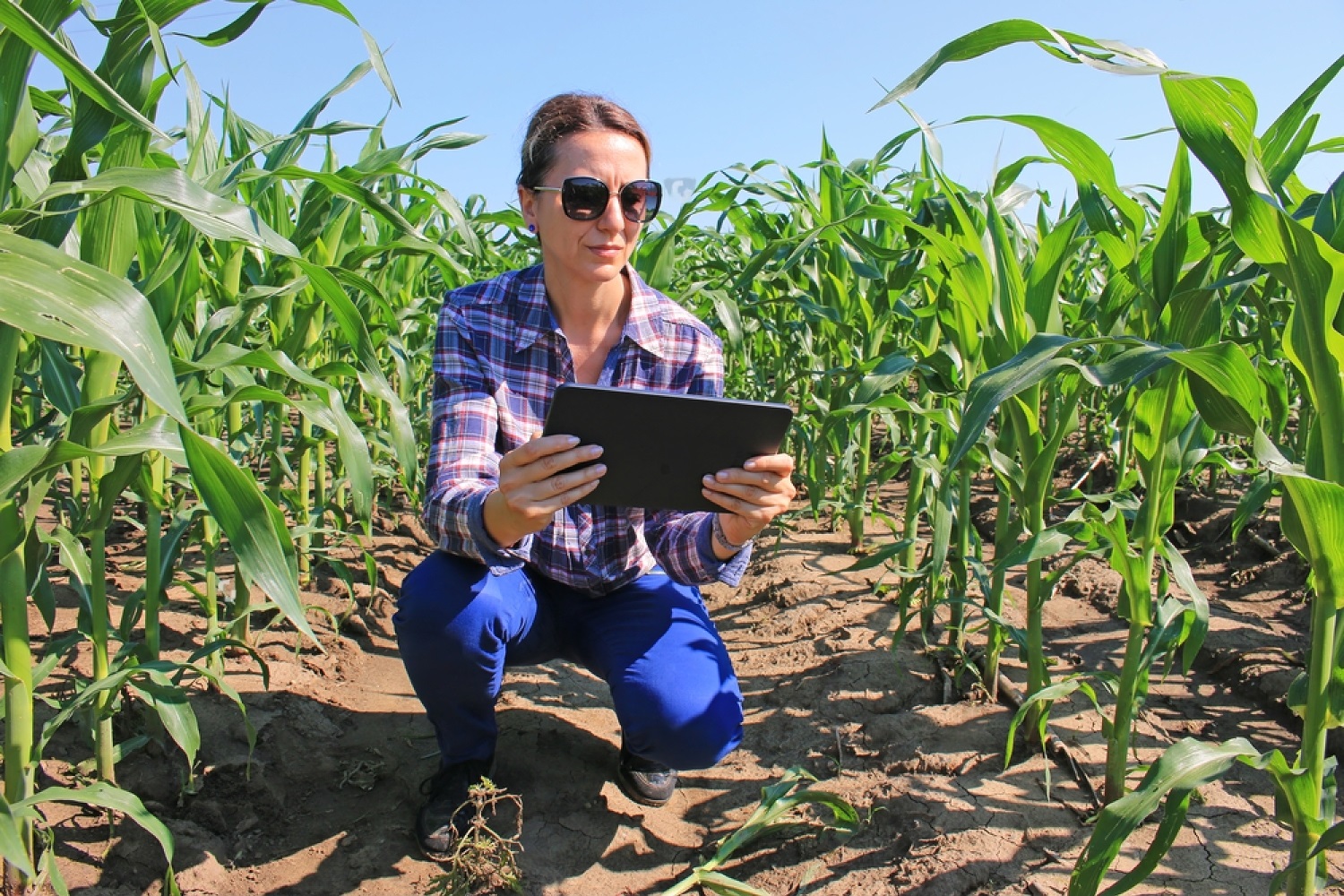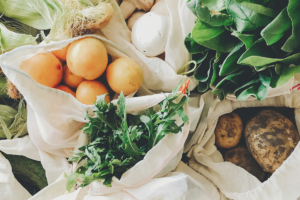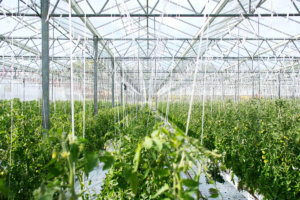In an era marked by unprecedented challenges in food security, sustainability, and environmental conservation, the agricultural landscape is experiencing a remarkable transformation. Advancements in technology are not only reshaping the way we produce and consume food but also revolutionizing the very essence of agriculture itself. In this article, we delve into the latest breakthroughs in food and agriculture technology, highlighting how innovative solutions are shaping a more resilient, efficient, and sustainable future.
The Digital Farm: Precision Agriculture Redefined
Gone are the days of traditional farming practices that relied heavily on intuition and guesswork. The dawn of precision agriculture has ushered in an era where data-driven decision-making takes center stage. Through the integration of cutting-edge technologies such as GPS, sensors, and drones, farmers are now able to analyze and understand their fields with unprecedented precision.
One of the most exciting breakthroughs in this realm is the use of satellite imagery and machine learning algorithms to monitor crop health. This technology enables farmers to detect potential issues such as pest infestations or nutrient deficiencies early on, allowing for targeted interventions and minimizing the need for widespread chemical applications. The result is not only higher crop yields but also a significant reduction in environmental impact.
Vertical Farming: Cultivating Sustainability Indoors
The concept of farming has transcended its traditional boundaries, as vertical farming emerges as a game-changer in urban agriculture. With space constraints becoming a critical concern in densely populated areas, vertical farms offer a compelling solution by utilizing vertical space to maximize food production.
These high-tech indoor farms create controlled environments where temperature, humidity, and light are meticulously regulated. Hydroponic and aeroponic systems further enhance resource efficiency by reducing water usage and eliminating the need for soil. The result? Year-round crop cultivation that is immune to weather fluctuations and uses a fraction of the land typically required for traditional agriculture.
Gene Editing: The Future of Crop Improvement
The integration of biotechnology and gene editing is taking crop improvement to unparalleled heights. Scientists are now able to precisely modify plant genomes to enhance desirable traits, such as disease resistance, nutritional content, and shelf life. This revolutionary approach to crop breeding holds the promise of addressing some of the most pressing challenges facing agriculture today.
For instance, researchers have successfully developed drought-resistant variants of staple crops, offering a lifeline to regions plagued by erratic climate patterns. Additionally, the nutritional profile of crops can be enhanced to combat malnutrition, as exemplified by the creation of nutrient-rich biofortified crops.
Blockchain and Traceability: Ensuring Transparency in the Food Chain
Concerns about food safety, authenticity, and origin have prompted the integration of blockchain technology into the food supply chain. This decentralized and transparent system enables seamless tracking and traceability of products from farm to fork. Consumers can now verify the authenticity of their food and gain insights into its journey through the supply chain.
This innovation not only builds consumer trust but also holds stakeholders accountable for maintaining rigorous standards. Blockchain’s potential to revolutionize food safety was exemplified when a major outbreak of E. coli was swiftly traced back to its source, thanks to the technology’s ability to pinpoint the origin of contaminated produce.
Robotics and Automation: Cultivating Efficiency
The labor-intensive nature of agriculture has traditionally posed challenges in terms of scalability and cost-effectiveness. However, the integration of robotics and automation is changing the game. From planting and harvesting to weeding and sorting, robots are taking over tasks that were once the domain of human hands.
In vineyards, for instance, robotic grape harvesters are capable of delicately plucking grapes at optimal ripeness, enhancing efficiency while maintaining grape quality. Similarly, autonomous tractors equipped with sophisticated sensors and AI algorithms can navigate fields with remarkable precision, minimizing soil compaction and resource wastage.
Takeaway
As we stand at the crossroads of traditional practices and futuristic innovation, the latest breakthroughs in food and agriculture technology present a tantalizing glimpse into a bountiful and sustainable future. From precision agriculture and vertical farming to gene editing and blockchain traceability, these advancements are not only reshaping our food systems but also forging a path towards a more resilient and secure global food supply.
While challenges undoubtedly lie ahead, the marriage of technology and agriculture holds the key to overcoming these hurdles and nourishing a growing global population. As we celebrate these remarkable strides, we eagerly anticipate the next chapter in this ongoing saga of progress—a chapter that promises to usher in a new era of abundance, sustainability, and innovation in food and agriculture.




